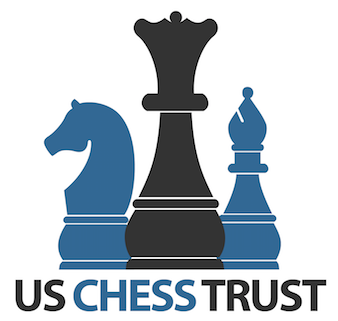Chess and Standard Test Scores



Chess and Standard Test Scores by James M. Liptrap
Summary: Regular (non-honors) Elementary students who participated in a school chess club showed twice the improvement of non-chessplayers in Reading and Mathematics between third and fifth grades on the Texas Assessment of Academic Skills.
In fifth grade, regular-track chessplayers scored 4.3 TLI points higher in reading (pg < .01) and 6.4 points higher in math (pg < .00001) than non-chessplayers.
The purpose of this study is to document the effect of participation in a chess club upon the standardized test scores of elementary school students.
The study was conducted in four of the elementary schools in a large suburban school district near Houston, Texas. It compared the third and fifth grade scores on the Texas Assessment of Academic Skills (TAAS) of students who participated in a school chess club in fourth and/or fifth grade with the scores of students who did not participate in a chess club.
Significant improvement in math and reading scores were found among the regular track chess students.
Background: Previous studies indicating the effects of chess on scholastic achievement have received little notice, and have been criticized for small sample size , or for chess clubs being self-selective elite groups, or for being too anecdotal.
Many observations by teachers, parents, administrators, and students report advantages of participation in chess, based principally upon improved self-image, confidence, and critical thinking skills.
As reported in “Developing Critical and Creative Thinking Through Chess”, Robert Ferguson (of Bradford, Pennsylvania), tested students from seventh to ninth grades, (1979-1983), as part of the ESEA Title IV-C Explore Program , and found:
Watson-Glaser Critical Thinking Appraisal (Average Annual Increase):
Chess 17.3%; Non-Chess 4.6%
Torrance Tests of Creative Thinking:
Fluency: Chess 19.9% Non-Chess 6.0%
Flexibility: Chess 22.8% Non-Chess 9.5%
Originality: Chess 70.0% Non-Chess 34.8%
The mathematics curriculum in New Brunswick, Canada, is a text series called Challenging Mathematics, which uses chess to teach logic from grades 2 to 7.
Using this curriculum, the average problem-solving score of pupils in the province increased from 62% to 81%.
Reports from students, teachers, and parents not only extol the academic benefits of chess on math problem solving skills and reading comprehension , but also report increased self-confidence, patience, memory, logic, critical thinking, observation, analysis, creativity, concentration, persistence, self-control, sportsmanship, responsibility, respect for others, self esteem, coping with frustration, and many other positive influences which are difficult to measure but can make a great difference in student attitude, motivation and achievement.
Continue Reading…Click Here to Read Complete Article: Chess and Standard Test Scores

